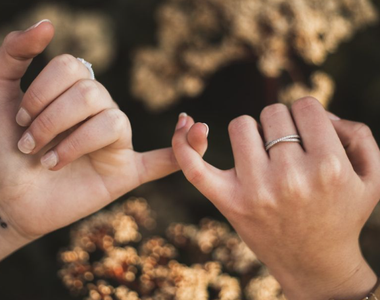
Perhaps, it is no surprise if we say that women feel more pain than men! By nature, women are more sensitive, softer, more easily touched, such is their human nature. Studies show that women feel pain differently compared to the opposite sex, and there are several reasons why this happens.
"In general, women feel more pain throughout their lives and have greater sensitivity compared to men," says Ed Keogh, professor of psychology at the University of Bath.
Not only are women more likely to feel pain, but studies show that women are more susceptible to health problems such as migraines, stomachaches and arthritis.
According to research by the American Society of Plastic Surgeons, women have more pain receptors than men. Women have about 35 nerve fibers per centimeter of skin, while men average only 17. This means that women are more likely to feel acute pain.
Doctor Paul Banwell also explains that "women have greater nerve density than men, which can make them feel more pain, while some studies have shown that women have a more intense response to painful stimuli."
To understand the gender difference in pain perception, it is important to consider what we mean by pain. In simpler terms, research shows that there are several biological, psychological, social, and physiological factors at play that relate to pain.
- Biological approach
Differences in pain appear to emerge around puberty, with fewer differences in children, indicating that sex hormones may play a role in pain.
- Hormonal changes
The fluctuating nature of female hormones can heighten the body's perception of pain. When estrogen levels are low, during the menstrual cycle or after menopause, pain receptor activity increases.
- Psychological factors
Stress and fatigue both have an impact on how the body experiences pain. Women as more sensitive beings seem to be more oriented towards experiencing more pain.
-Social factors
Social and cultural factors can influence how we think about pain, how we experience it, and how we express it. This also happens because of education and the way we are taught to express and react to pain.
Suggested articles:





